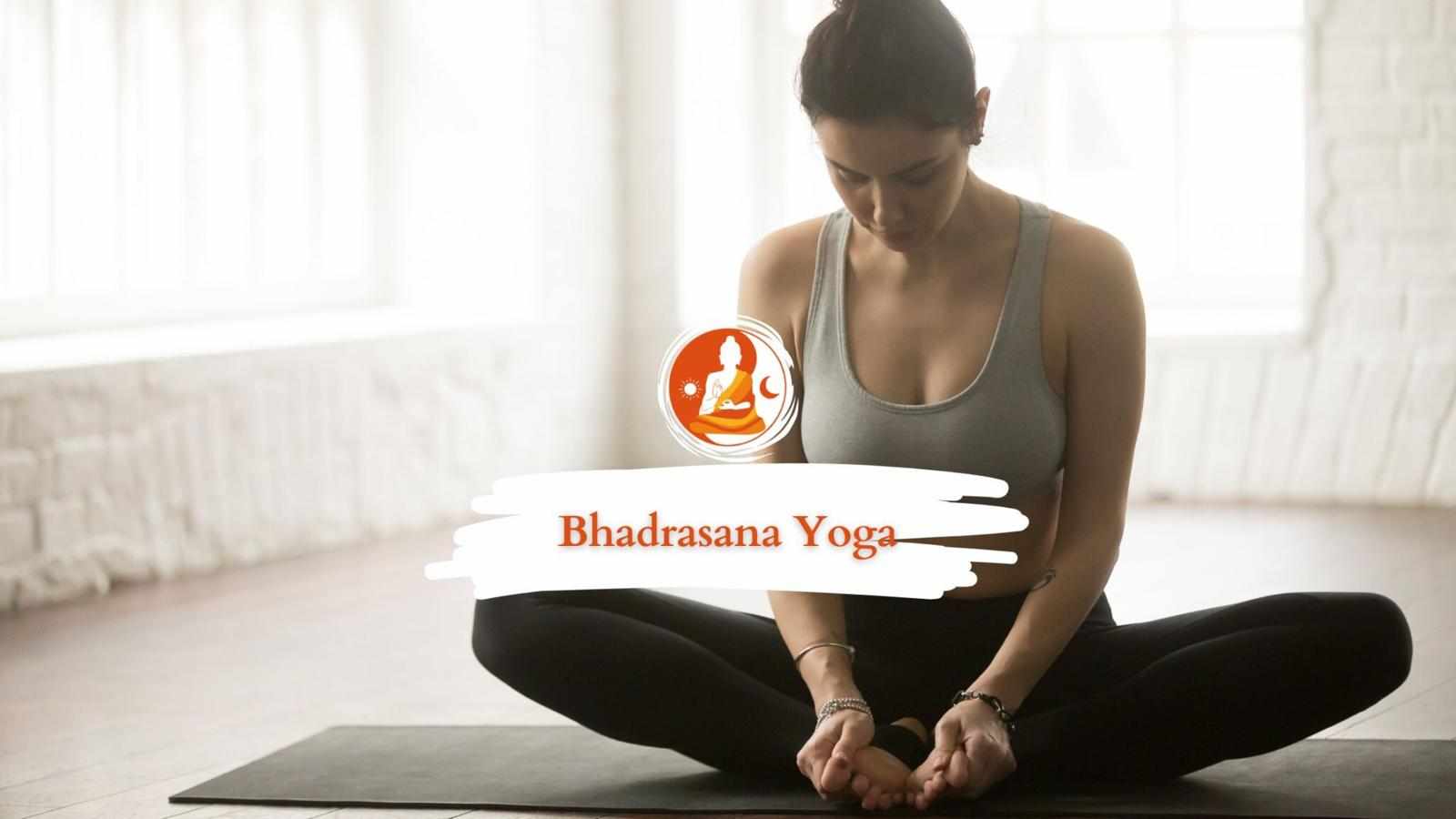
Yoga has long been celebrated as a holistic practice that cultivates physical strength, mental clarity, and spiritual growth. Among the myriad of asanas (poses) in the yogic tradition, Padma Parvatasana holds a unique place due to its combination of challenge, elegance, and therapeutic benefits. This advanced posture blends elements of balance, flexibility, and strength, making it a favorite among experienced practitioners.
What is Padma Parvatasana?
The term "Padma Parvatasana" is derived from Sanskrit, where "Padma" means lotus, "Parvata" means mountain, and "Asana" means posture or seat. Thus, Padma Parvatasana can be translated as the "Lotus Mountain Pose." This name aptly describes the pose's structure — a firm, stable base resembling a mountain with the crossed legs folded in the lotus position.
In Padma Parvatasana, the practitioner sits with the legs crossed in full lotus (Padmasana), and then the body folds forward, bringing the torso down over the legs, with the hands often placed in a prayer position or extended forward. This deep forward bend not only tests flexibility but also enhances circulation and calms the nervous system.
How to Perform Padma Parvatasana
Begin in Padmasana (Lotus Pose): Sit on the floor with your spine erect. Carefully fold your right foot onto your left thigh and your left foot onto your right thigh. Ensure your knees touch the ground and your pelvis is stable.
Engage Your Core: With a straight spine, inhale deeply and prepare to fold forward.
Fold Forward: Exhale slowly, bending from the hips, and lower your torso over your crossed legs. Aim to bring your forehead toward the floor or as close as possible without strain.
Position Your Hands: You may keep your palms together in Anjali Mudra (prayer position) in front of your chest or extend your arms forward on the ground for support.
Hold the Pose: Maintain steady breathing. Hold Padma Parvatasana for 30 seconds to a minute or longer, depending on your comfort and practice level.
Release: To exit, gently lift your torso, uncross your legs, and return to a seated position.
Benefits of Padma Parvatasana
Padma Parvatasana offers a host of benefits, especially for those looking to deepen their yoga practice:
Improves Hip Flexibility: Sitting in lotus position requires and enhances flexibility in the hips, knees, and ankles.
Stretches the Spine: The forward fold elongates the spine, relieving tension in the back and promoting better posture.
Calms the Mind: Like many seated forward bends, Padma Parvatasana has a soothing effect on the nervous system, helping reduce stress and anxiety.
Stimulates Digestive Organs: The compression of the abdomen massages internal organs, which can improve digestion and elimination.
Enhances Concentration: The pose's meditative nature cultivates focus and mental clarity.
Strengthens the Lower Body: Maintaining the lotus position builds strength in the knees, ankles, and feet.
Who Should Practice Padma Parvatasana?
Padma Parvatasana is considered an advanced yoga posture. It requires significant hip flexibility, knee mobility, and spinal suppleness. Beginners or those with knee or hip injuries should avoid forcing this pose and instead work gradually on preparatory asanas like Baddha Konasana (Bound Angle Pose) or Ardha Padmasana (Half Lotus).
Practitioners with lower back problems should also approach this pose with caution, ideally under the guidance of an experienced yoga teacher.
Tips for Safely Practicing Padma Parvatasana
Warm up thoroughly with hip-opening and forward-bending stretches.
Use props such as folded blankets under the hips to elevate the pelvis for better alignment.
Do not force your knees or hips into lotus; flexibility improves gradually with consistent practice.
Keep your spine long and avoid rounding your back excessively while folding forward.
Practice mindful breathing throughout the pose.
Integrating Padma Parvatasana into Your Yoga Routine
Incorporating Padma Parvatasana into your regular practice can deepen your understanding of balance and surrender in yoga. It pairs beautifully with pranayama (breath control) and meditation to foster both physical and mental calm.
A suggested sequence might begin with gentle hip openers like Malasana (Garland Pose) or Anjaneyasana (Low Lunge), gradually moving into the lotus position and then folding forward into Padma Parvatasana. Ending the session with Savasana (Corpse Pose) allows the body to absorb the benefits fully.
Conclusion
Padma Parvatasana is much more than a physical posture; it embodies the yogic ideals of balance, stability, and tranquility. While challenging, it rewards consistent practitioners with enhanced flexibility, mental peace, and inner strength. If you're ready to elevate your yoga practice, exploring Padma Parvatasana under proper guidance can be a transformative experience.













Write a comment ...